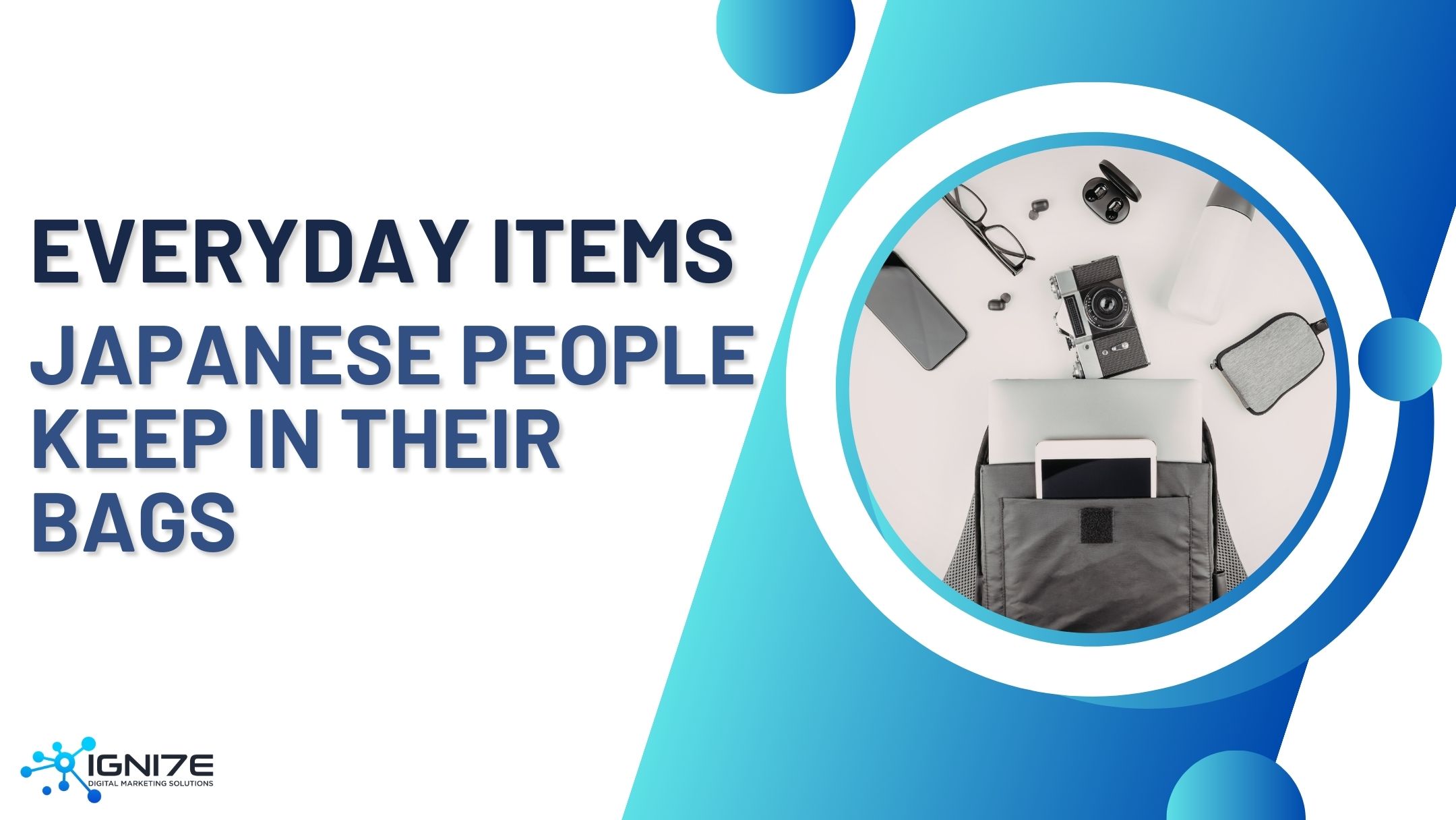Top 5 Business Card Design Trends in Japan

A business card is more than just a tool for sharing contact information—it’s a vital communication item that influences first impressions and brand image. Especially in Japan, the act of exchanging business cards is considered a crucial aspect of business etiquette, and the design alone can significantly alter the impression you make. Recently, a wide variety of styles have emerged, ranging from minimalist elegance to luxurious finishes and even cards with integrated digital functions. Here, we introduce the Top 5 Business Card Design Trends in Japan as of 2025. We hope it serves as a helpful reference when choosing a design that suits your industry or purpose.
Ranking of Business Card Design Trends
- Minimalist Design
- Letterpress & Foil Stamping
- Vertical & Traditional Japanese Style
- QR Code / NFC-Enabled Cards
- Transparent or Uniquely-Shaped Cards
1. Minimalist Design
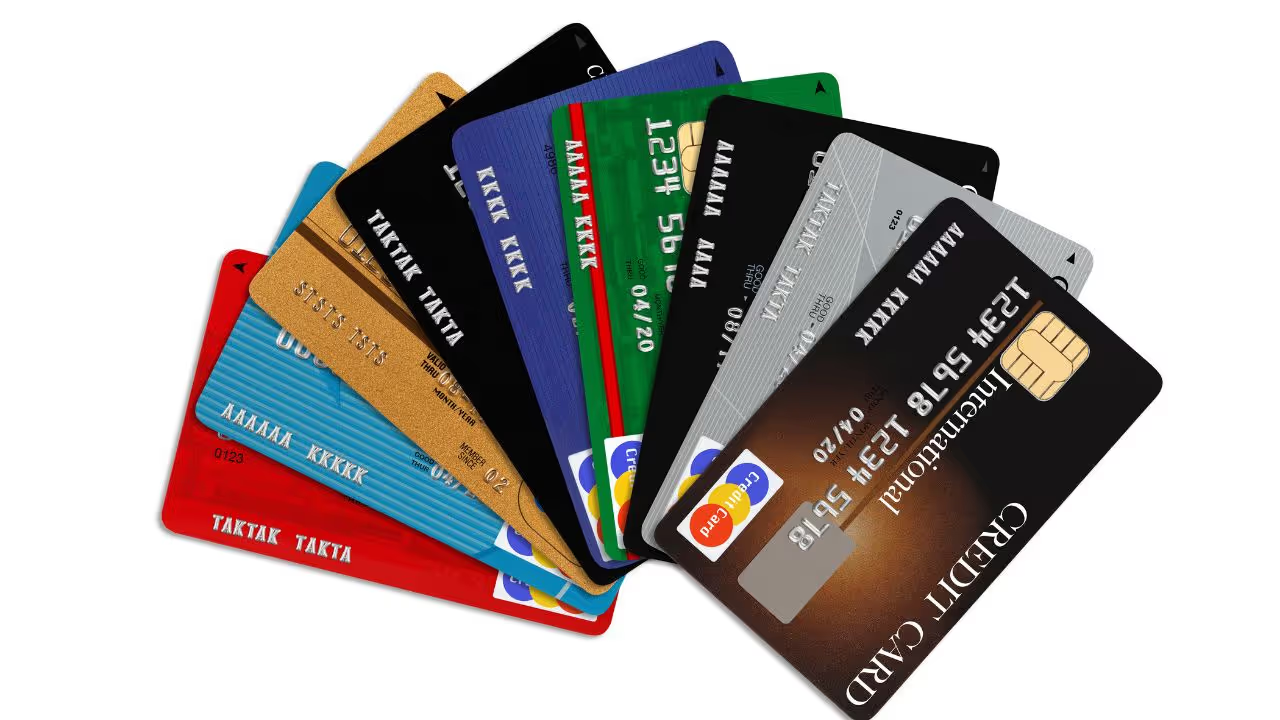
One of the most popular trends in Japan’s recent business card designs is the minimalist style, which strips information down to the bare essentials and makes bold use of white space. In Japan, white space is often associated with elegance and intelligence, making it a powerful visual tool for conveying trust. Sleek sans-serif fonts are typically used, and the color palette is usually limited to monochrome tones. Startups, freelancers, and those in the creative industries are increasingly adopting this “invisible aesthetic.” In an age of information overload, minimalist business cards have become the go-to choice for striking a balance between readability and impact.
2. Letterpress & Foil Stamping
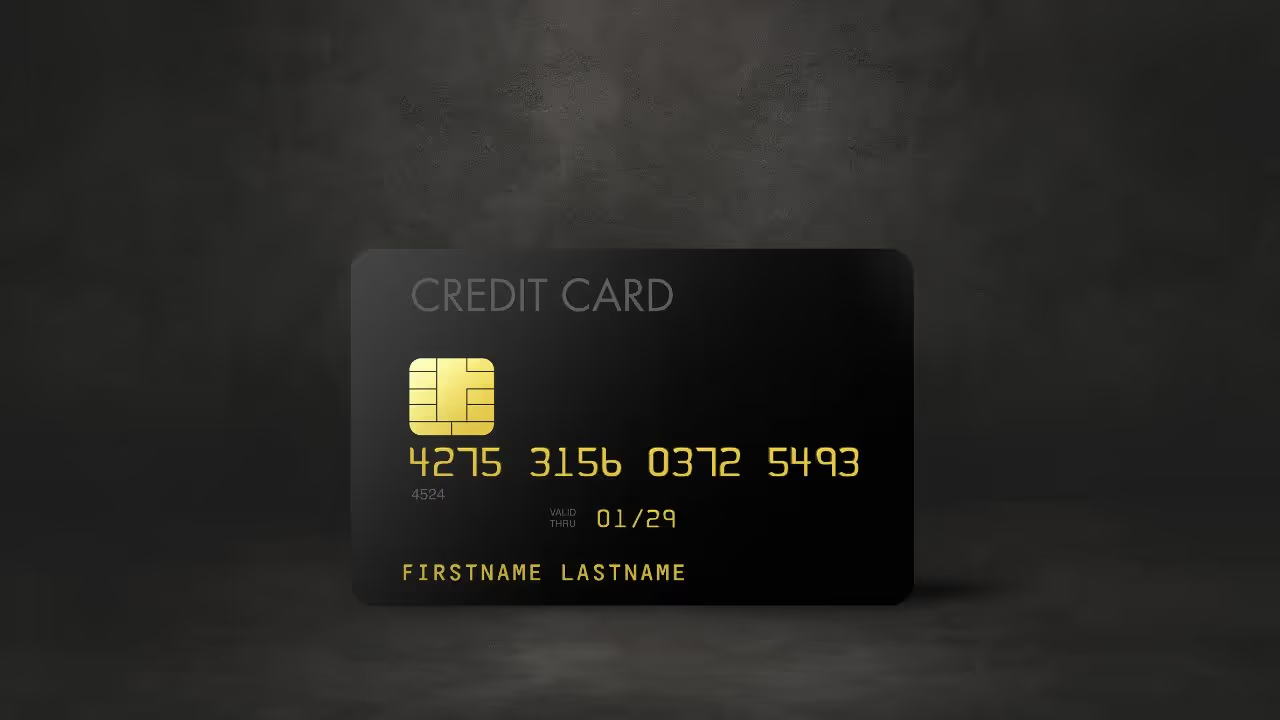
Amid the digital wave, a growing trend is emerging that highlights the tactile and luxurious qualities of physical materials. Techniques like letterpress printing, which creates a textured, embossed feel, and metallic foil stamping in gold or silver, leave a lasting impression in the recipient’s hand. Materials such as thick cardstock or cotton paper add to the sense of quality. These designs are especially favored in the luxury brand, architecture/design, and traditional craft industries, where the card itself may be considered part of the artwork. In Japan’s quality-focused market, this trend—which creates a sense of exclusivity during the exchange—is expected to maintain its popularity, even with smaller print runs.
3. Vertical & Traditional Japanese Style
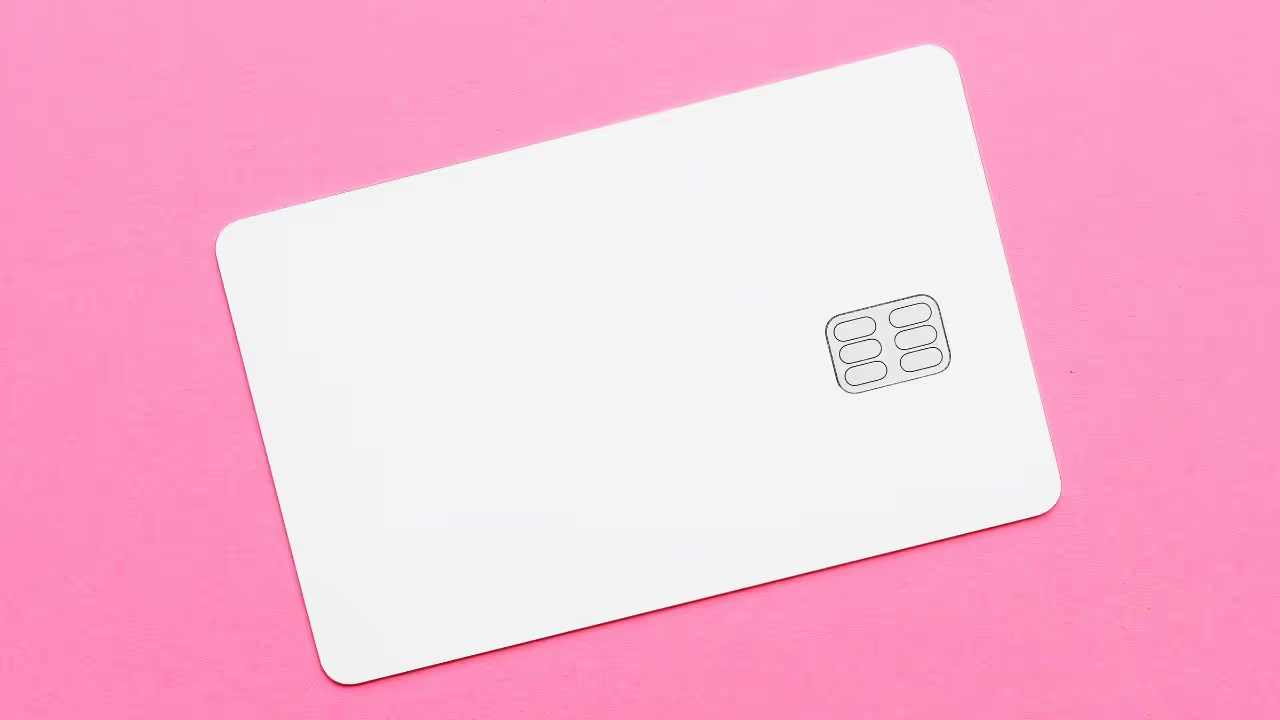
With growing global interest in Japanese culture, an increasing number of business cards are incorporating Japanese elements. Vertical layouts and traditional Japanese typefaces, such as Mincho fonts, lend an air of calm sophistication and uniqueness. This style is often used by companies aiming to emphasize their Japanese identity, such as those in the tourism industry targeting inbound travelers or firms involved in international trade. It’s also popular in traditional sectors and artisan businesses, where the layout and the nuance of kanji are chosen with care. As globalization continues, this reappreciation of local identity is becoming increasingly relevant.
4. QR Code or NFC-Enabled Cards

The fusion of business cards and digital technology is evolving rapidly. Embedding QR codes that link to websites or social media profiles is becoming a standard practice. NFC (Near Field Communication) cards, which allow users to access information with a simple tap, are also on the rise. With just one card, you can share portfolios, videos, and more. This style is particularly popular among IT companies, freelancers, and creatives, where the card acts as a “digital gateway” rather than just a contact method. As the demand for contactless solutions grows post-COVID, and with an increase in remote meetings, hybrid cards that combine paper and digital elements are expected to become even more mainstream.
5. Transparent or Uniquely-Shaped Cards
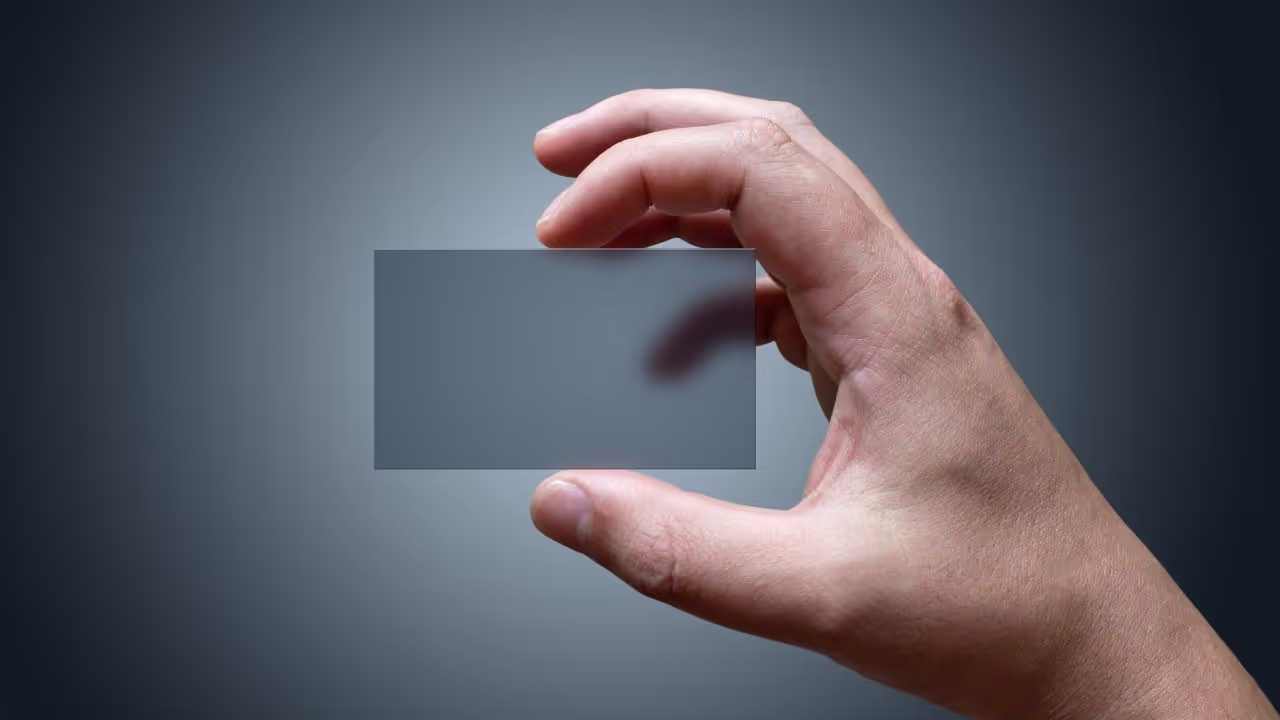
In competitive settings such as trade shows, events, or creative industries, business cards that stand out due to their shape and material are gaining attention. Cards made of plastic or transparent acrylic, or in unique formats such as mini size, square, or with rounded corners, instantly convey that they’re “not the usual.” This isn’t just about being different—it’s a strategic branding move. Cards with non-paper materials or unconventional sizes create stronger impressions and become memorable conversation starters, making them especially well-suited for the social media era.
Conclusion
What did you think? Business cards are essential tools that communicate the value of you or your company at the very start of a business relationship. The five trends we introduced each carry their distinct purpose and personality, and can be used effectively depending on your industry or role. Choose a minimalist style to convey sophistication, opt for luxury finishes for a touch of exclusivity, or consider multilingual or digital-linked cards to suit global business needs. Choosing the right style for your business is the first step to success. The amount of thought and strategy you put into a single business card will only become more critical in the future of business.




